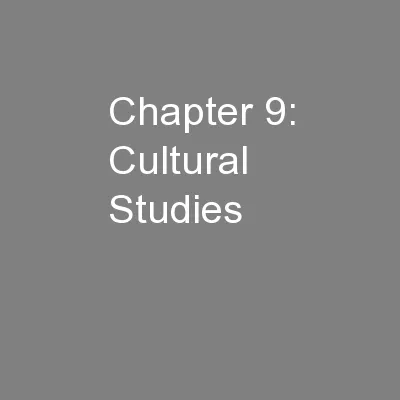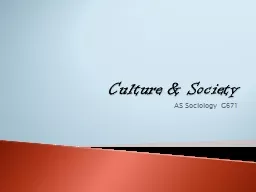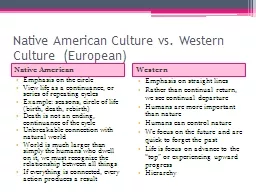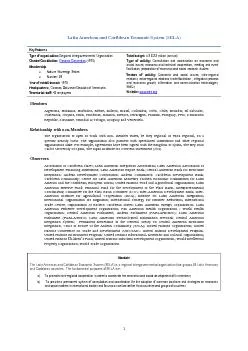PDF-Studies in Latin American Popular Culture Title
Author : natalia-silvester | Published Date : 2015-03-18
Perverse fascinations and atrocious acts An approach to The Secret in Their Eyes by Juan Jos Campanella uthor Dr Hugo Hortiguera Senior Lecturer Spanish Studies
Presentation Embed Code
Download Presentation
Download Presentation The PPT/PDF document "Studies in Latin American Popular Cultur..." is the property of its rightful owner. Permission is granted to download and print the materials on this website for personal, non-commercial use only, and to display it on your personal computer provided you do not modify the materials and that you retain all copyright notices contained in the materials. By downloading content from our website, you accept the terms of this agreement.
Studies in Latin American Popular Culture Title: Transcript
Download Rules Of Document
"Studies in Latin American Popular Culture Title"The content belongs to its owner. You may download and print it for personal use, without modification, and keep all copyright notices. By downloading, you agree to these terms.
Related Documents














